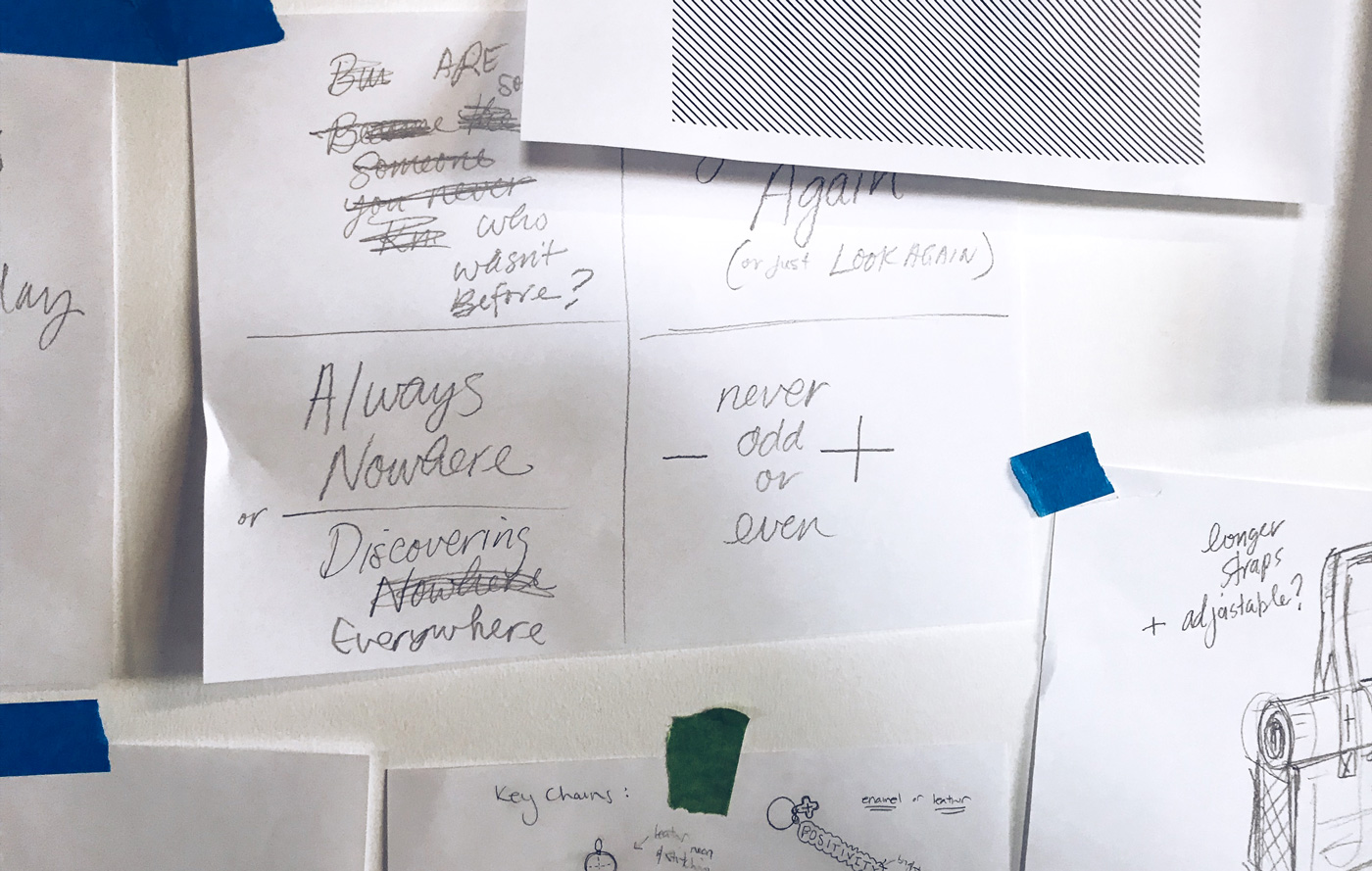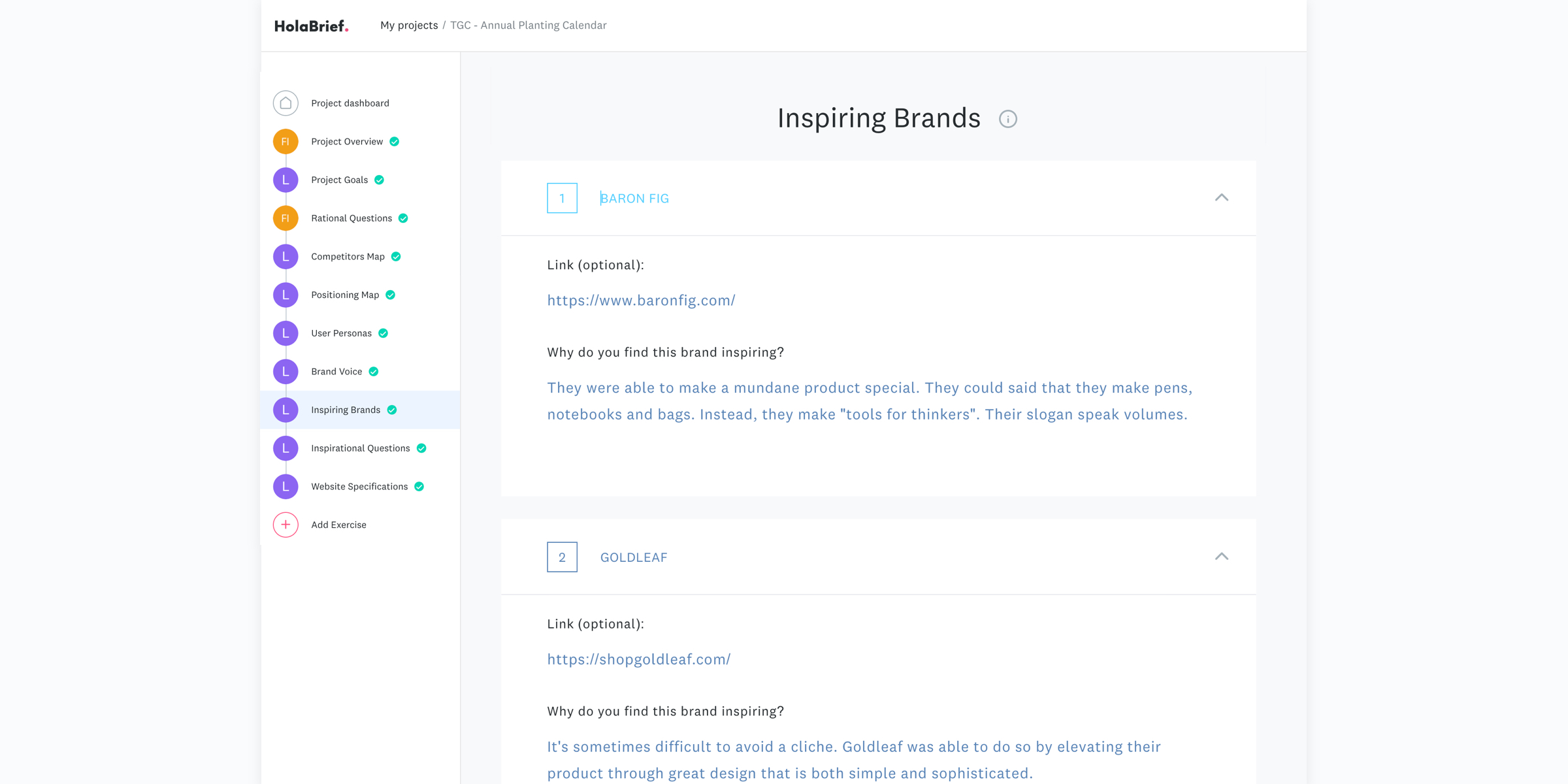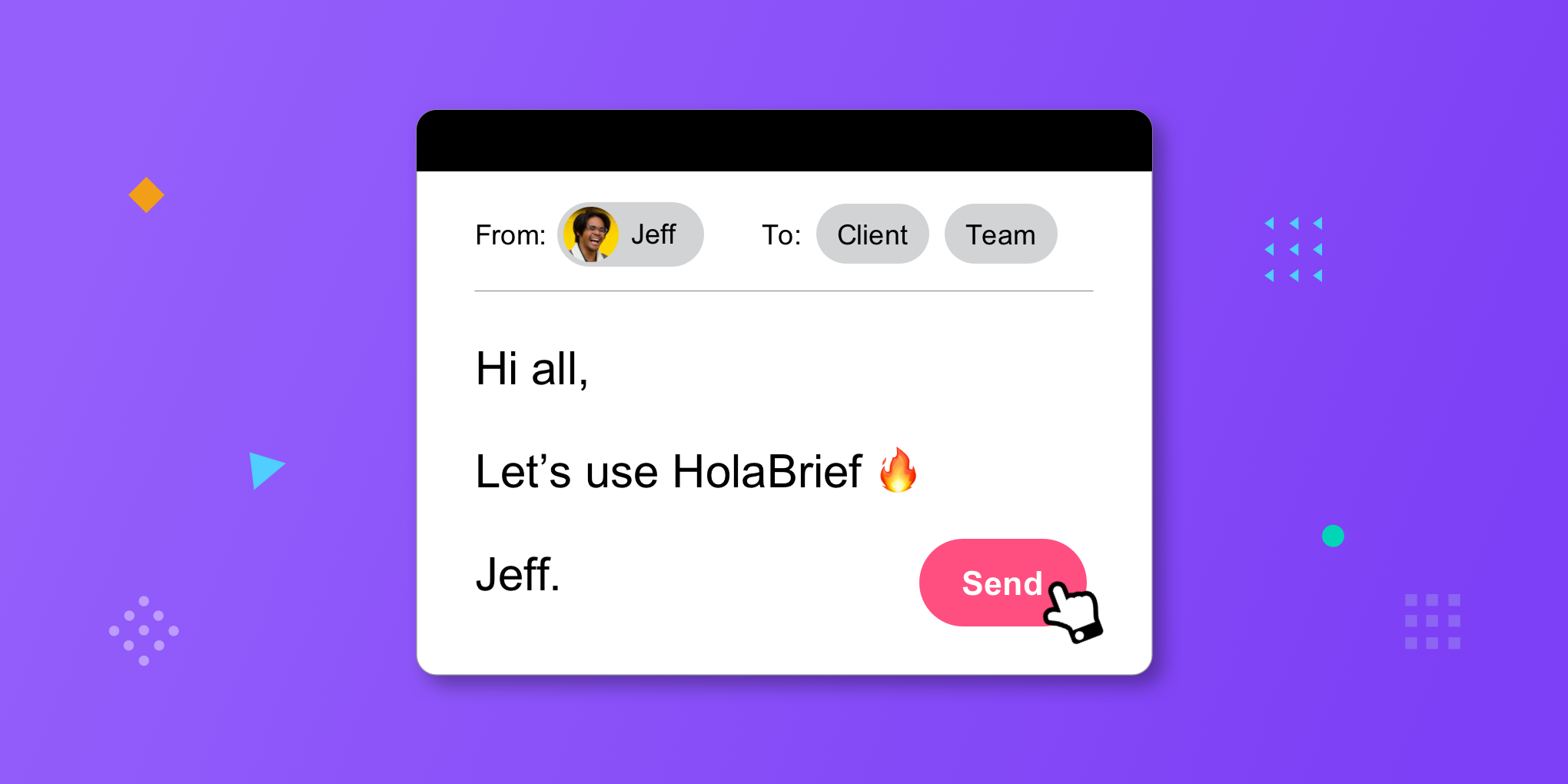Four years ago, I began working as a freelance designer after teaching myself how to design while working a full-time job at a small screen printing shop. I was able to land a full-time job at a creative agency and work my way up to be a Senior Graphic Designer. Just over a year ago, I made the leap to quit my agency job to pursue my dream of running my own branding agency, billing a few hundred dollars shy of $100,000 in my first year of full-time freelance. After a year and a half of full-time freelance, I re-entered the agency world as a Senior Art Director at a marketing agency and continue to operate a remote brand studio with a team of four and a growing list of high-quality clients.
The responsibility of supporting a family of four solely on income generated from my freelance business forced me to re-evaluate my processes and ways in which I could attract new clients and generate sales. I had my share of frustrating clients when I first started out, but since then, I have learned how to increase inbound leads, filter out bad clients, and create recurring revenue with dream clients.
In this article, I am going to walk you through how to find your specific niche, teach you how to find your positioning statement and clarify your service offerings in order to attract and identify high-quality clients. By the end of this article, you will have the practical knowledge and tools needed to determine your own niche and craft a compelling positioning statement.
Finding your Niche
Before you can find your ideal client, you will need to figure out what unique service or offering mix you can provide that others cannot or are not able to do well. In order to help you determine your unique selling point, I want you to think about the following things:
- Who are you trying to help?
- Why are you trying to help them?
- How will you help them?
These three key areas will help you narrow your focus on areas in which you can deliver well.
Do you provide marketing services for medical professionals? Or full-stack web development specifically for startups? Are you a graphic designer who specializes in brand strategy and identity with a narrow focus on the restaurant industry?
When determining your niche, be specific enough to filter out potential clients who don’t properly align with the products or services you are offering. Hone your area of focus on a specific deliverable, industry, client size, or objective goal. It should be something you are excited about, know well, and can do exceptionally well.

To help you do this, think about how you would answer the following questions:
- Who is your dream client?
- What three adjectives best describe your business?
- What pain points are you trying to address with your products or services?
- Which products or services will you offer? (Keep it to three max.)
- What are you really good at? What can you be the best at?
- Here is a quick exercise to dive further into defining your dream client:
Know yourself
- What problems are you currently solving for your customers?
- Why should people choose you over your competition?
- Who actually benefits the most from your products or services?
Determine your goals
- Are you happy with your current client base?
- Are they happy with you?
- What would you like to change?
- How does this align with your end goals for your business?
Analyze past client interactions
- Review projects that didn't go well. What themes arise?
- What have you done well?
- Interview your past and current customers. What did they like about you? What didn’t they like? Why did some of them choose competitors over you?
HolaBrief's Rational Questions template can be of great help to write down all the answers to these questions and print them out as a PDF, hang it up in your studio or just to have them available at all times to refer back to whenever imposter syndrome strikes!
Define your ideal clients
What size companies are you trying to reach? In what industries? What are their pain points? What is the company’s revenue? Use the Inspiring Brands Template to make a list of your dream clients.

The Inspiring Brands Template from the HolaBrief tool can help you visualise your dream clients.
Once you feel like you have a good idea of who your ideal client is, complete this sentence to develop your positioning statement, which is a single sentence that states what makes your company unique.
[Your business name], is the one, [shop, product, service, etc], that will appeal to, [target customer], because, [why are you so great?].
For example:
“The Creative Agency is the one full-service branding agency that appeals to startups and non-profits by providing the tools needed to build meaningful brands and equip passionate, purpose-driven companies and organizations for growth and global impact.”
This positioning statement can also be used as your elevator pitch, which will come in handy in the future.
If you are struggling to develop your positioning statement, take a step back and and consider key attributes you would like to have associated with your brand. Once you have taken time to condense the key ideas of your brand into a few words, a theme or two should become apparent, helping you narrow your focus and determine your key differentiators.
If you still feel stuck, take a break and come back to it. This is not a process that should be rushed. Your positioning statement will change over time — nothing is set in stone, so write down what first comes to mind and use that as a foundation as you continue crafting your statement.

It’s common to feel hesitant about getting too specific with your niche. It can feel like you are alienating entire segments of your potential audience and even a few current clients. Your positioning statement is simply a guide to consider when operating your business and determining which new clients to take on. You have the ability to make changes and adjust over time as needed. The most important thing to do is to simply pick a direction and start operating within that framework. Your first statement does not have to be the ‘right’ one. You will quickly determine what changes need to be made as you continue to operate your business and iterate as you go.
If you try to reach everyone, you will reach no one.
Your niche should be specific enough that it is memorable. It should filter out clients who would not be an ideal fit for you and should make those who do fit within that category excited to work with you, because to them, you will be seen as an expert in that specific field.
More often than not, it is better to specialize than to generalize.
You can (and should) adjust as needed when narrowing your niche, but don’t overthink it and end up doing nothing at all. It is far better to choose the wrong niche than to not choose a niche. You can test and make adjustments as you go, but do this strategically, and give yourself time to start seeing results before you decide to make another change.
Here are a few examples of niche markets within the creative industry to help you get started:
- Icon design
- Liquor branding and package design
- Web development for fitness businesses
- Food photography
- B2C eCommerce copywriting
Today, I want you to create your own positioning statement using the framework below:
[Your business name, is the one], [shop, product, service, etc], that will appeal to, [target customer], because, [why are you so great?].
Then, write down your specific niche.
What is your niche?
—
Start attracting high quality clients with a strategy-first mindset as a designer. HolaBrief is here to help!







